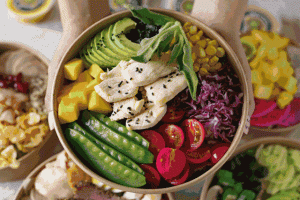
When it comes to “star food”, which one do you think of?
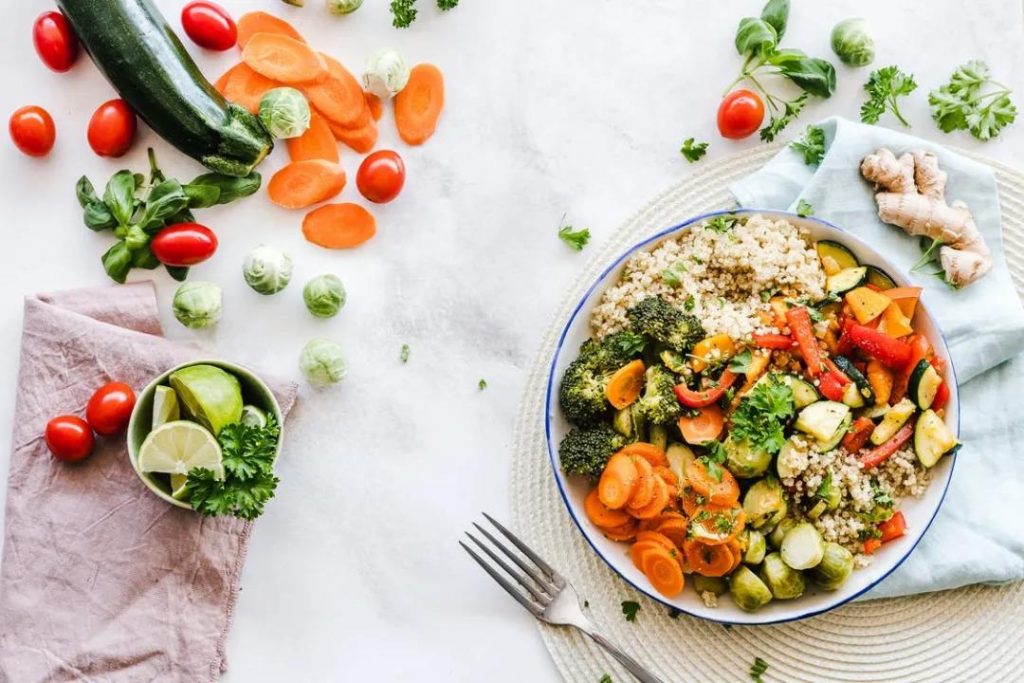
Quinoa, avocado, kale, chickpeas…These foods that often appear in the menus of light food restaurants are dressed in a “full-nutrition” coat, and they will make you pay for your health again and again at a light and luxurious price.
Are these hot star foods really more nutritious than ordinary foods?
Star food vs ordinary food: what’s the good thing?
In the eyes of many people, “star foods” are superheroes in foods. Their nutritional value is higher than that of ordinary foods, and they can help prevent many diseases.
In fact, just as superheroes are the product of comics, star food is also the result of commercial hype.
Avocados, kale, chickpeas… these popular star foods usually have two characteristics: noble “blood line” + expensive (compared to ordinary food).
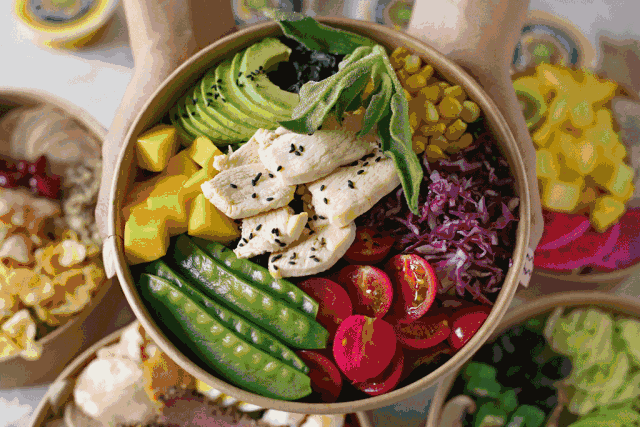
It is undeniable that these foods have good nutritional value, rich in a variety of vitamins and minerals, and some are also rich in unsaturated fatty acids or phytochemicals, but they are not the only foods that can provide these nutrients.
No one can tell exactly where the dividing line between ordinary food and star food is.
Many common seasonal foods can also achieve similar nutritional levels, but the price is much lower than that of star foods.
A cheap alternative to star food
Ingredients that are affordable to the people are not necessarily nutritious. Popular star foods can actually be substituted at affordable prices.
Avocado
Avocado, also known as avocado, avocado, and avocado, is native to Mexico and Central America and has a buttery taste.
Its biggest health advantage is that it is rich in unsaturated fatty acids, which can lower “bad” cholesterol and increase “good” cholesterol, which is beneficial to cardiovascular health.
However, the high price makes it not close to the people, because it needs to be imported, many people often buy it hard and raw, and it is a pity that it is tasteless and discarded.
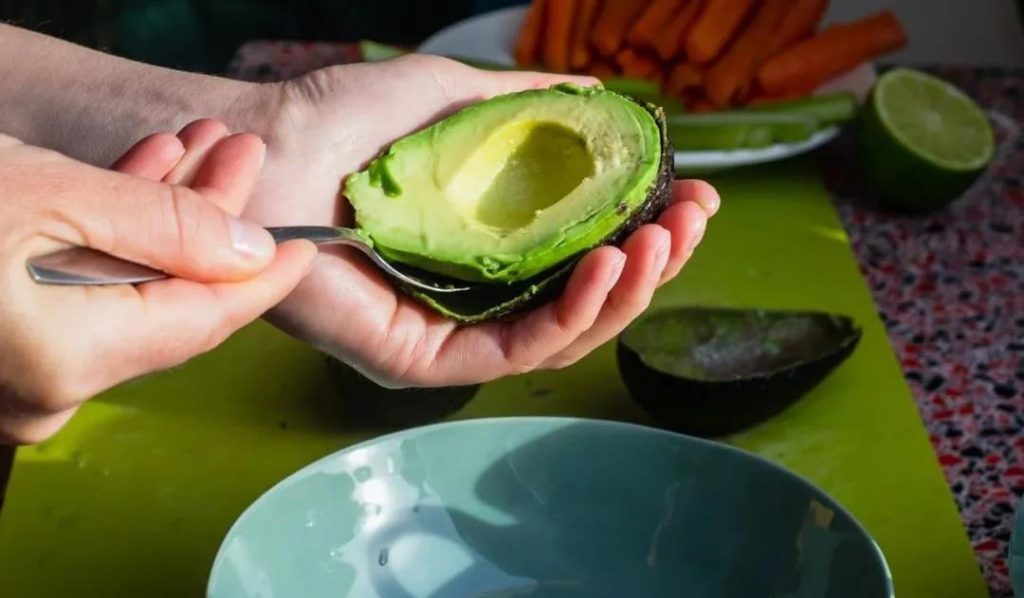
Cheap alternative: boiled peanuts
From the perspective of nutritional content, boiled peanuts are completely comparable to avocados, and their unsaturated fatty acid content is also high, and the content of nutrients such as protein, iron, and dietary fiber is even higher than that of avocados.
But boiled peanuts have low moisture content, so they have higher calories than avocados. You must control the amount when you eat them, just a small handful a day. Don’t choose boiled peanuts with a lot of salt and seasonings to avoid excessive salt intake.
Kale
Kale is native to the Mediterranean coast to Asia Asia. In recent years, it has been widely praised by the Chinese people. As long as the kale is added to the salad, it will be a higher grade and the price is more expensive. A small packet of Internet celebrity snacks-kale crisps It costs tens of dollars.
Healthy fat loss is the publicity point of kale, and its protein and vitamin C content are also among the best in vegetables.
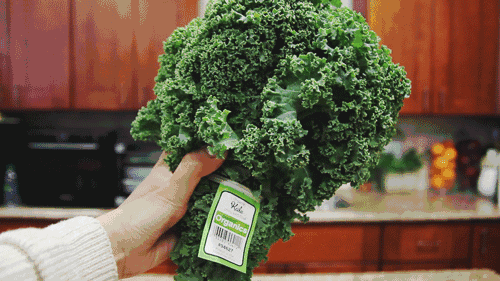
Cheap alternative: spinach
In terms of nutrition, spinach is not inferior to kale, and under the same calories, the content of minerals such as potassium and magnesium that are beneficial to lowering blood pressure, as well as vitamins such as folic acid and vitamin K, is higher than that of kale.
Kale is the only leader with high vitamin C content, but a single nutrient-rich is not worth buying at several times the price, especially the expensive kale chips have lost a lot of vitamin C.
Chickpeas
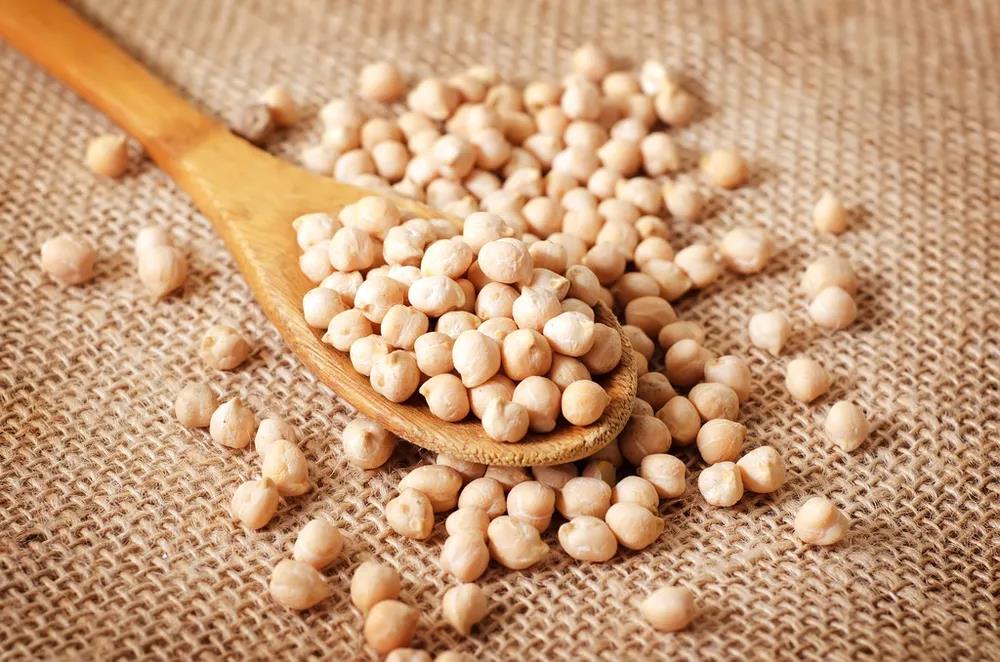
Chickpeas are a common food in Middle Eastern cuisines. They have been popular in fitness circles for a long time as a “star food”. Some merchants even promoted it as a must-have snack for “fitness and fat reduction”. The price of a small bag of instant chickpeas is all Ten yuan or even tens of yuan.
Cheap alternative: boiled edamame
The nutritional content of chickpeas is not so good, but the common edamame in our country is more nutritious.
Edamame has higher protein, monounsaturated fatty acids, iron, potassium, magnesium and other nutrients, lower calories, and the protein is high-quality protein, and the price is very affordable.
Therefore, cooking a pot of edamame at home is also very economical and affordable as a snack after fitness.
Quinoa
Quinoa nurtured the Inca nation and was called the “Mother of Food” by the ancient Incas.
Quinoa has a higher protein content than other common food crops, and its amino acid composition is very close to the human body’s needs. In addition, its minerals, vitamins, dietary fiber, etc. are also relatively comprehensive.
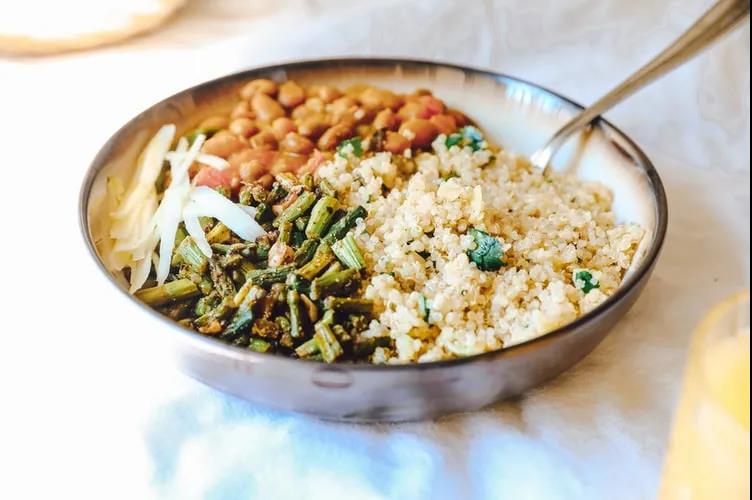
In addition, quinoa also contains a variety of unsaturated fatty acids, B vitamins, vitamin E and folic acid are also high in content.
Simply put, if only one kind of food is used to meet the nutritional needs of the human body, then quinoa is relatively better among various food crops.
Cheap alternative: oats, miscellaneous beans
Compared with quinoa, oats and mixed beans are more cost-effective after considering the overall nutrition and price.
Quinoa itself is indeed a good source of staple food, but it is not the only source of staple food. Whole grains and miscellaneous beans are equally good.
Salmon
Salmon has tender meat with few small spines, and is sought after by more and more people. It is mainly produced in high latitudes such as Norway, Canada, Japan and the United States, but its expensive price is also prohibitive.
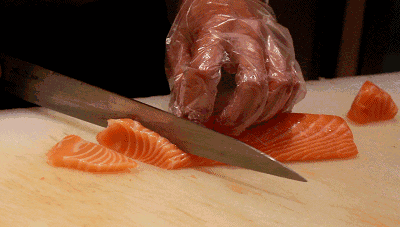
The main health highlight of salmon is rich in high-quality protein and omega 3 polyunsaturated fatty acids (mainly EPA and DHA).
A cheap alternative: canned tuna
From the perspective of protein content alone, canned tuna can replace it completely.
The protein content of the two is similar. They are both low saturated fat and low carbohydrate foods. The saturated fat of tuna is lower. The content of minerals such as iron, zinc, calcium and copper is also more abundant, but the content of EPA and DHA is slightly lower than salmon.
It should be reminded that canned tuna should be immersed in spring water instead of oil.
Tips:
Except for breast milk for babies under 6 months of age, no food can meet the energy and all nutrients needed by the human body. Only a diet composed of a variety of foods can meet the human body’s needs for energy and various nutrients.
Ingesting an average of more than 12 kinds of foods a day and more than 25 kinds of foods a week is the correct way to balance a diet.
Comments